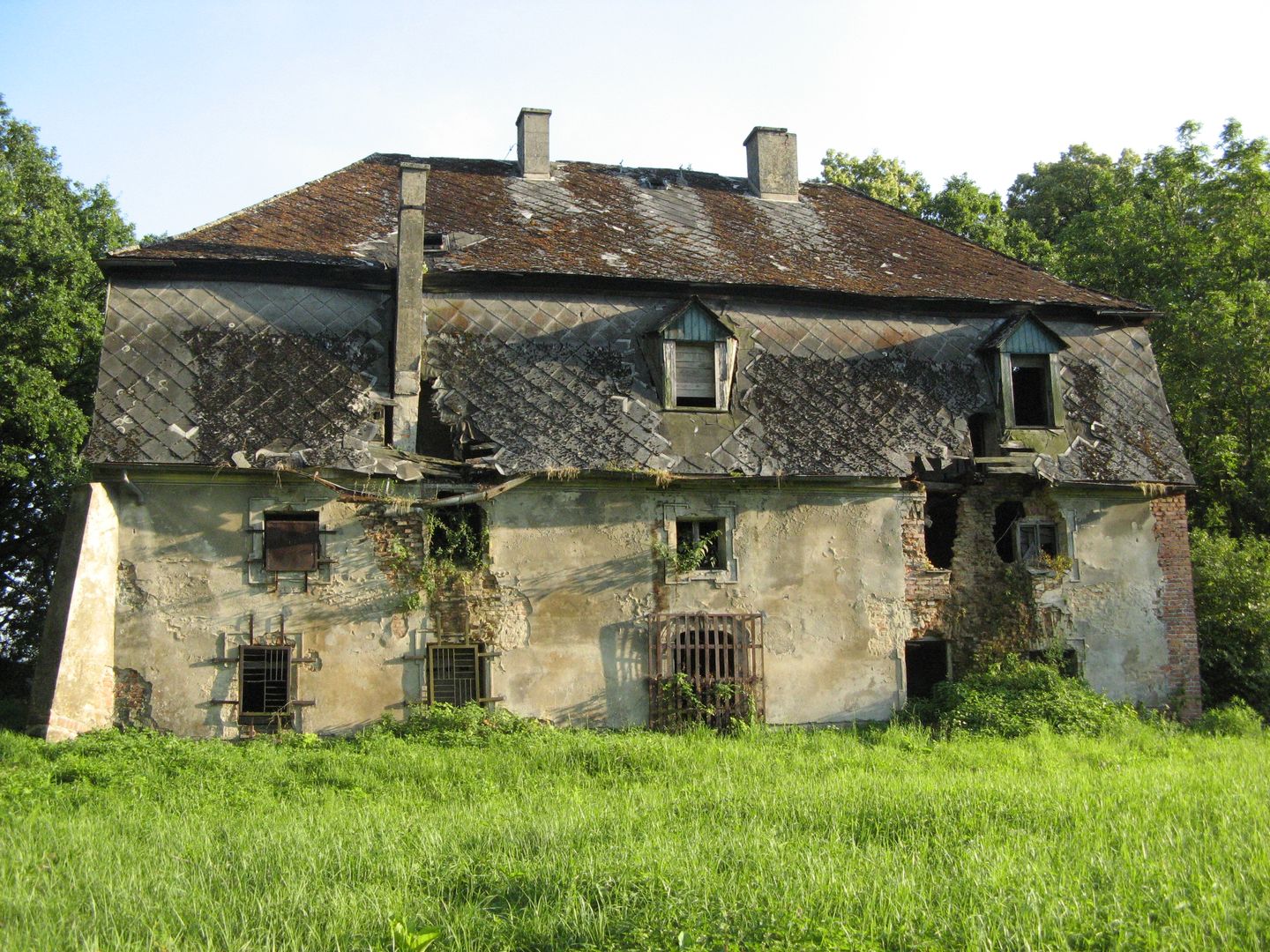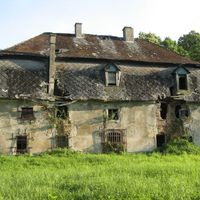Łężczok Nature Reserve
6.73

Overview
The Łężczok Nature Reserve, located in the Silesian Voivodeship, is one of the largest protected areas of its kind in the region, covering an area of 477.38 hectares. Established on January 23, 1957, it has gained significance as a sanctuary rich in flora and fauna, hosting more than half of all bird species found in Poland. The reserve is part of the "Cistercian Landscape Compositions of Rudy Wielkie" Landscape Park and is characterized by its numerous ponds, forests, and meadows. It features extensive hiking trails and educational paths that attract nature enthusiasts, ornithologists, and tourists alike.
Architecturally, the reserve is distinguished by a ruined hunting manor from 1783, built by Cistercian monks, which once served as a retreat for the dukes of Racibórz. Historically, the area has a long economic history dating back to the 13th century, when local communities engaged in fish farming in ponds. In later years, the region was closely tied to the Cistercian order, which developed an extensive system of ponds and dikes, as well as to the Hohenlohe princes, who introduced spruce monocultures and pheasant breeding.
The reserve is home to unique plant and animal species, including rare orchids and species listed in the Red List of endangered animals. It is also steeped in local legends, such as tales of water spirits and lost cities. Additionally, Łężczok was the site of fascinating historical events, including infamous hunting expeditions by Emperor Wilhelm II, which went down in history due to their scandalous nature.
The area is notable for its remarkable diversity of ecosystems, ranging from forests and wetlands to meadows, making it a true natural and cultural treasure.
Location
2025 Wizytor | All Rights Reserved

